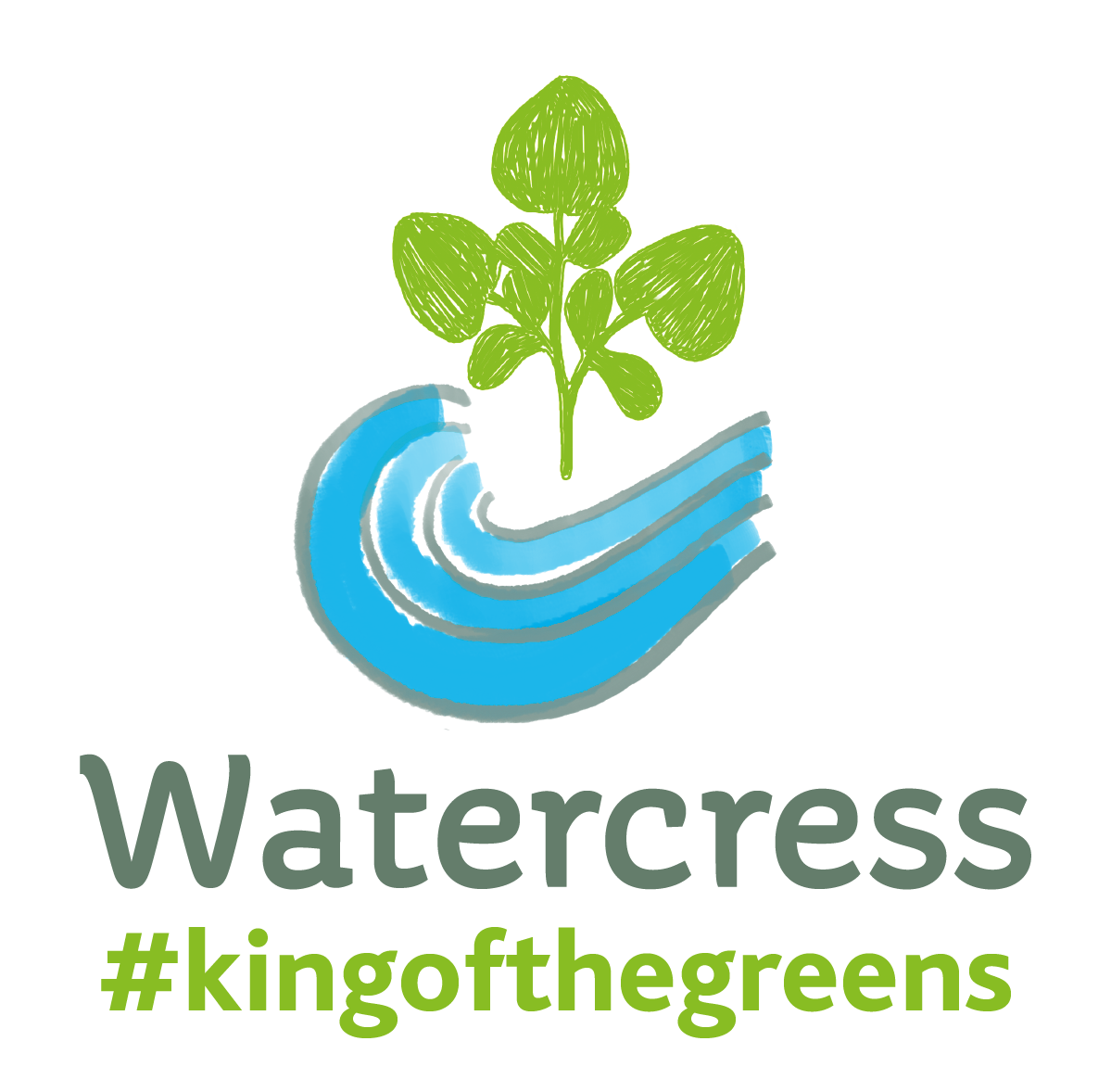Why is some watercress imported?
Did you know you can buy watercress from abroad and still support British farmers?
If sometimes, you pick up your usual bag of watercress and then pause when you notice it says ‘Produce of Spain’ or ‘Produce of USA’ on the pack, then don’t - there’s really nothing to worry about!
British watercress farmers have been growing their winter crops in Spain and Florida since the 1980’s and this is one of the reasons why the industry has managed to expand, develop and most importantly, stay British.
The farms abroad ensure that the UK market is supplied all year round with watercress, and it guarantees the jobs year-round of everyone working on the UK farms too.
British watercress grower Damien now lives and farms in Jerez, Spain
Why was watercress grown abroad in the first place?
Although traditionally thought of as a British winter vegetable, advances in growing technology made in the 1960’s meant that watercress could successfully be grown through the spring and summer as well as through the winter. The quality and colour of British summer-grown watercress then naturally became far superior to the quality of the traditional winter crops, which were invariably damaged by cold weather and frosts. Noticing the improvement in quality in their spring and summer watercress, consumers were quick to demand that their favourite Super Salad retained this high quality year-round. This meant that UK growers had no choice but to cast around for warmer places to grow watercress during the UK winter to keep up with the growing demand.
After extensive research in the 1980s, watercress growers discovered that the warmer climates of Spain and Florida fitted the bill perfectly thanks to their climate, weather and of course readily available water supply, and so this led to farms being created in both of these locations. It took a huge investment in both land and in training to ensure that the same exacting standards growers held on their own UK farms were replicated on their farms overseas. In fact, to make doubly sure of this, they employed UK managers and growing experts to run them.
Thanks to the overseas farms, UK businesses were soon able to ensure that the bright green watercress preferred by consumers could be imported all through the winter until May, when the UK farms came into their own with the much celebrated UK season.
These days, consumers and nutrition experts are so aware of the unrivalled health benefits and versatility of watercress that the acreage of watercress beds in the UK cannot cope with the increasing demand for this fantastic little leaf. In fact, in order to keep up with the ever-growing popularity of watercress, growers are having to supplement the UK crops with those grown abroad, which means that “British grown” Spanish and even American watercress can be found on UK shelves throughout the year.
UK Investment
One hundred years ago a staggering 1,000 acres of watercress beds existed around the country. Today, only 150 acres remain, concentrated in Dorset and Hampshire.
Thanks to the increased demand, watercress growers are now looking into expanding their UK farms and adding more beds to increase British production. Growers are now developing 10 acres of new farms to reverse the decline in UK beds and create new jobs for the rural sector.
Until this can be done on a much bigger scale, we must all rely on watercress grown overseas to ensure we can get our daily hit of the Super Salad. We must therefore maintain continuity of supply by importing watercress from British owned farms in Spain and the USA, so our loyal consumers are able to enjoy quality watercress year-round, all while supporting British-owned businesses both in the UK and abroad.
If you really want to show your support of our UK farms why not come and join in the annual Alresford Watercress Festival on Sunday 19 May and immerse yourself in all things watercress!




